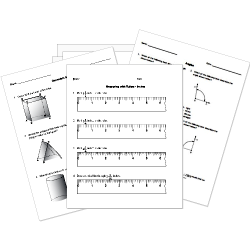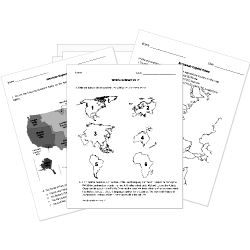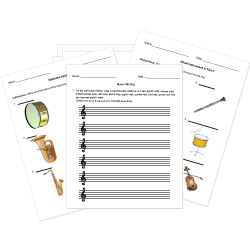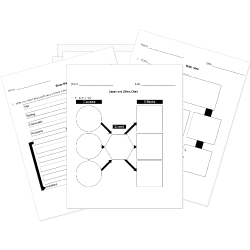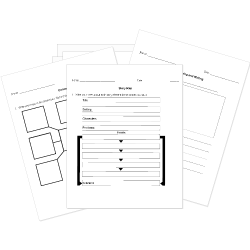Introduction to Waves
Introduction to Waves
This lesson aligns with Next Generation Science Standards (NGSS) PS4.A
Introduction
Imagine that you and your friends enjoyed a wonderful day at a swimming pool. You spent a great time but you are hungry from swimming under the hot sun. You put leftover pasta in the microwave for dinner and turn on the TV. In the meantime, the cell phone rings. Your dad is calling you to find out if you have reached home safely or not. There are several events described above, encountering at least four to five waves. Waves are an incredible and fundamental aspect of our world. But what exactly are waves, and how do they work? In this article, we will embark on an exciting journey to understand the basics of waves, how waves carry energy, and their significance in our daily lives.
What are Waves?
Waves can be described as disturbances that transfer energy from one place to another without causing any physical displacement of matter. In simpler terms, waves are like ripples that propagate through a medium or even space. Imagine throwing a pebble into a still pond—the resulting circular waves move away from the point of impact, spreading out in all directions.
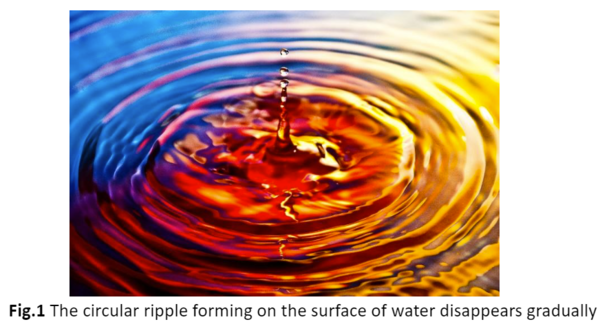
Waves Carry Energy
Energy can be transferred from its source by a wave. However, the medium or material through which the wave travels does not move with the transfer of energy. For example, when you hit a nail with a hammer, sound waves often travel through the air, but the air does not travel with the sound. If air were to travel with sound, you would feel a rush of air every time you hit the nail!
As a wave travels, the work is done by the wave on everything in its path with the help of its energy. For instance, the waves generated in the tub do work on the water to make it move up and down.

Moreover, the waves do work not only on the water but also do work on anything floating on the surface of the water. For instance, ducks, boats, and ships move up and down with waves.
Energy Transfers through a Medium
A medium is a substance through which a wave can travel to transfer energy. A medium can exist in different forms of matter such as solid, liquid, or gas.
Some kinds of waves can transfer energy by the vibration of particles in a medium. When a particle moves back and forth, it can pass its energy to a particle next to it. Now, a second particle will vibrate in the same way similar to the first particle. This is how energy is transmitted through a medium.

For instance, sound waves require a medium to propagate. The energy possessed by sound travels due to the vibration of particles in solids, liquids, and gases. If there is no particle to vibrate, no sound energy is possible.
For example, if you watching a movie on your phone, put your phone in an airtight jar to create a vacuum inside the jar, you will not be able to hear the sound of the movie.
Waves that require a medium to propagate are called mechanical waves. Other examples of mechanical waves are ocean waves and waves on guitar and cello strings.
Energy Transfers without a Medium
Some waves can transfer energy without having a medium. Visible light is an example of a wave that doesn’t require a medium to travel from one place to another. Waves that do not require a medium are called electromagnetic waves. Other electromagnetic waves include microwaves produced by microwave ovens, TV and radio signals, and X-rays used by dentists and doctors.
Although these waves do not require a medium, they can move through substances such as air, water, and glass. However, they travel fastest through space. The light that we get from the sun is a type of electromagnetic wave.
Summary
- A wave can be described as a disturbance that transfers energy from one place to another without causing any physical displacement of matter.
- Energy can be transferred as a result of work being done by the wave. For instance, a yacht moves up and down in the ocean due to the waves.
- Waves that require a medium to propagate their energy are called mechanical waves such as water waves.
- Waves that do not require a medium to transfer their energy are called electromagnetic waves such as microwaves.
Related Worksheets:








